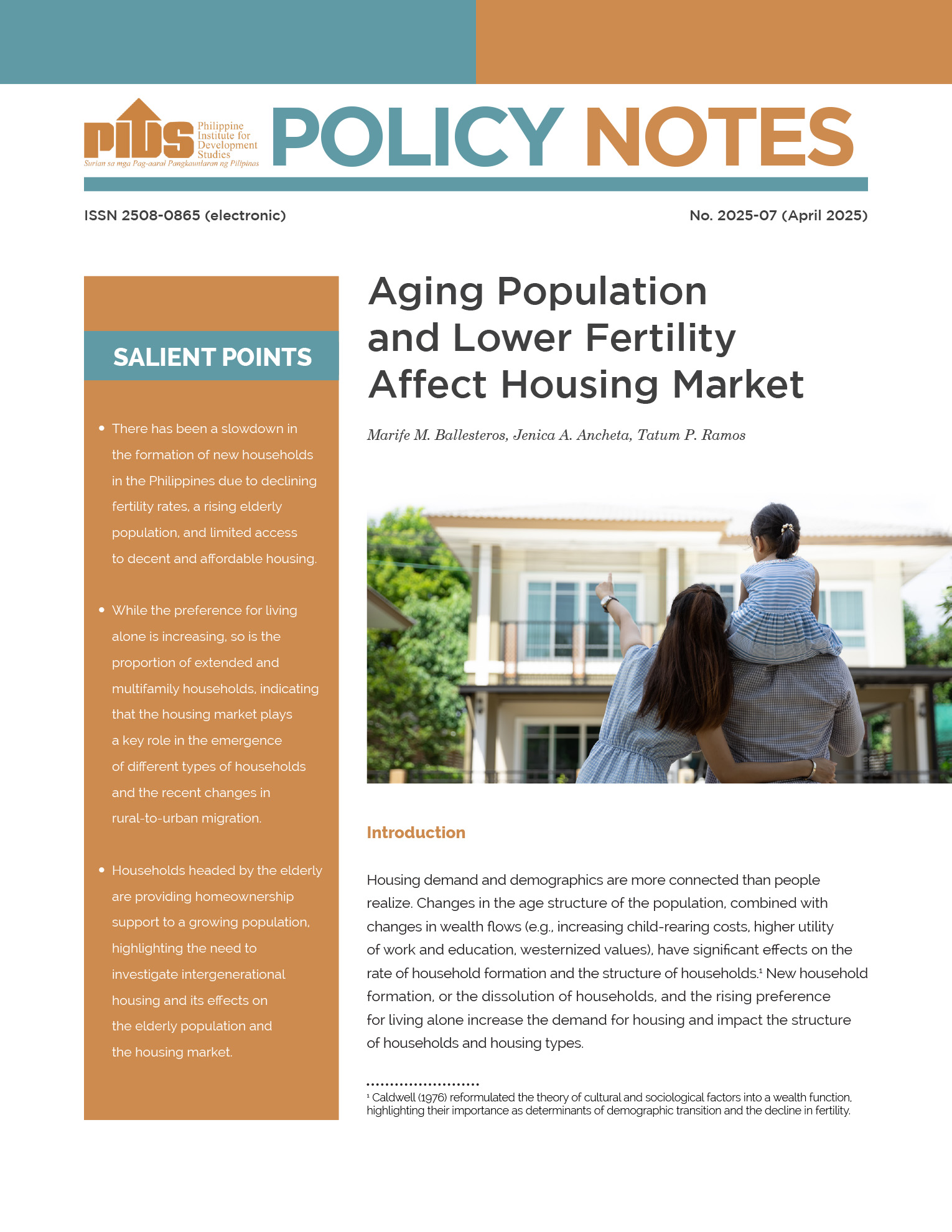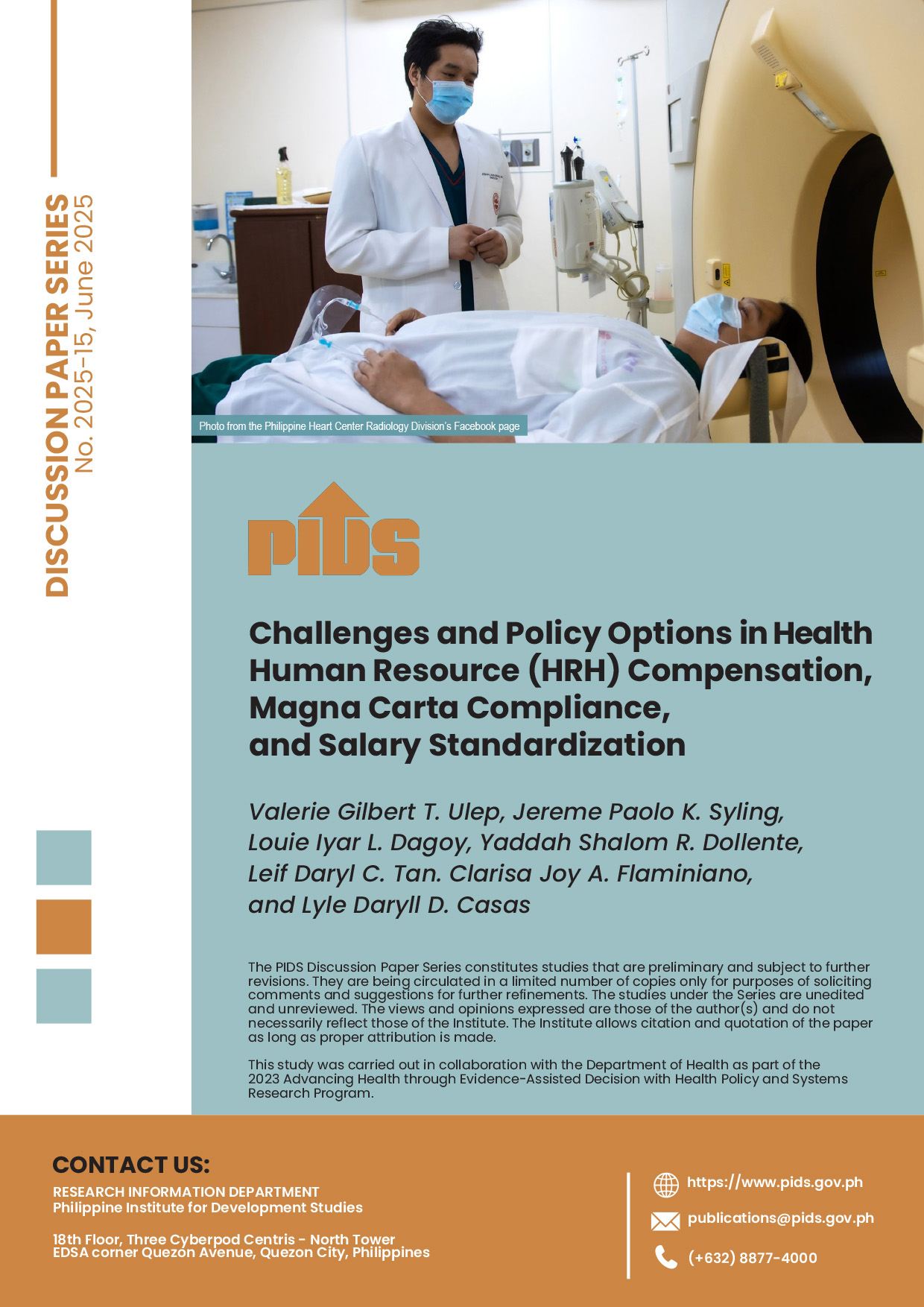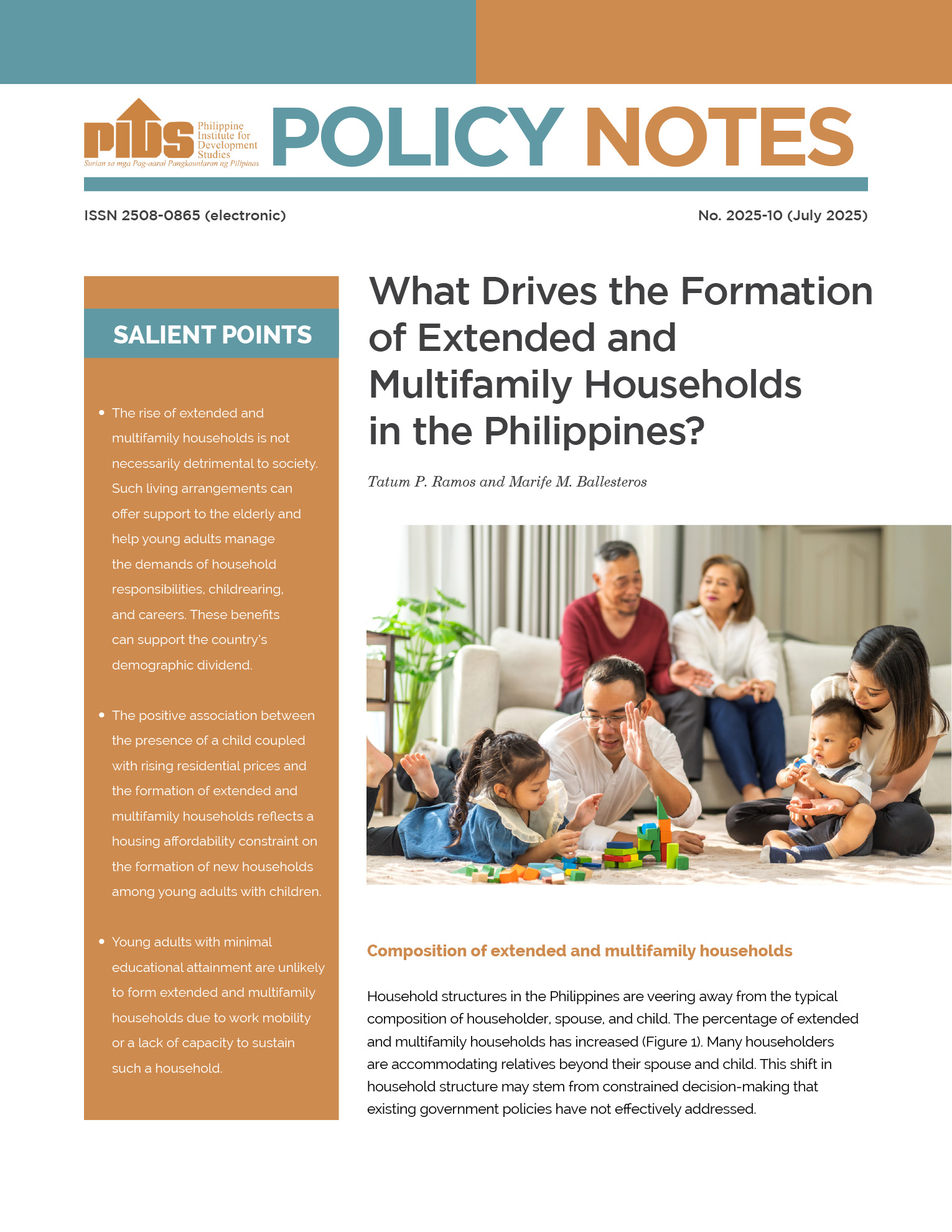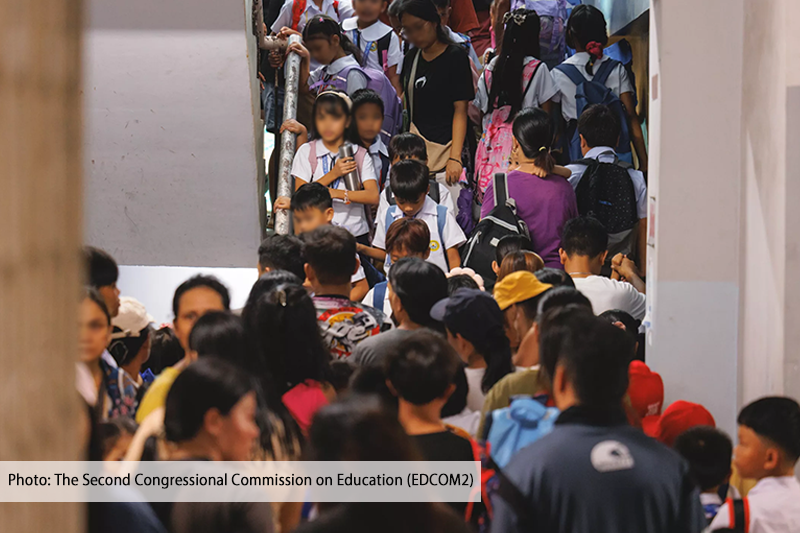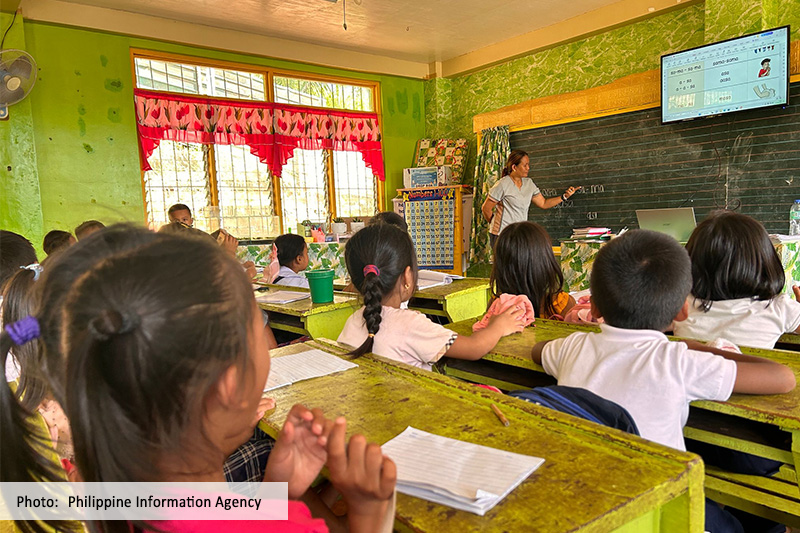The Philippines is one of the few countries where the prevalence of HIV/AIDS remains relatively small. However, recent data show that while other countries have shown a decrease in the incidence rate for this disease, the Philippines has experienced a 25 percent increase in incidence rate for HIV infection. While the proportion of people living with HIV/AIDS accounts for less than 1 percent of the population, the country is clearly falling behind in attaining the Millennium Development Goal for this disease. Moreover, it is still evident that Filipinos continue to experience inequity and unequal access to health services for HIV/AIDS even with different interventions already in place.
The Philippine Health Insurance Corporation (PHIC) launched the Outpatient HIV/AIDS Treatment (OHAT) package in 2010 to improve accessibility and affordability of HIV/AIDS treatment. With already three years underway and continued growth in people infected with HIV/AIDS, an assessment of this benefit package looked into issues that hinder the utilization of this package. The benefit coverage, support value, and utilization rate for this benefit package were evaluated through a review of literature, costing analysis, and key informant interviews.
The results of this study show that there is a need to enhance the OHAT package, as this is not fully utilized despite the increasing number of people living with HIV/AIDS who are in need of treatment. Addressing underutilization and retention among PHIC members will involve expanding coverage benefits to patients at different stages of the disease, increasing patient awareness, and improving claims processes. However, expanding access to treatment must also be coupled with preventive programs for HIV at the primary care level to maximize the benefits of this intervention and minimize financial out-of-pocket.


